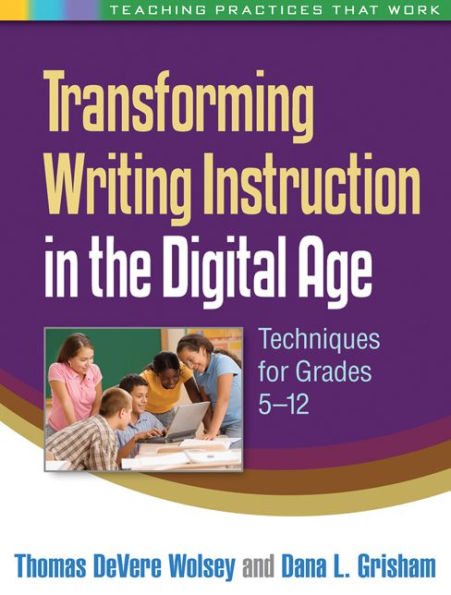An innovative, practical guide for middle and high school teachers, this book is packed with specific ways that technology can help serve the goals of effective writing instruction. It provides ready-to-implement strategies for teaching students to compose and edit written work electronically; conduct Internet inquiry; create blogs, websites, and podcasts; and use text messaging and Twitter productively. The book is grounded in state-of-the-art research on the writing process and the role of writing in content-area learning. Teacher-friendly features include vivid classroom examples, differentiation tips, links to online resources, and reproducible worksheets and forms. The large-size format facilitates photocopying.
An innovative, practical guide for middle and high school teachers, this book is packed with specific ways that technology can help serve the goals of effective writing instruction. It provides ready-to-implement strategies for teaching students to compose and edit written work electronically; conduct Internet inquiry; create blogs, websites, and podcasts; and use text messaging and Twitter productively. The book is grounded in state-of-the-art research on the writing process and the role of writing in content-area learning. Teacher-friendly features include vivid classroom examples, differentiation tips, links to online resources, and reproducible worksheets and forms. The large-size format facilitates photocopying.

Transforming Writing Instruction in the Digital Age: Techniques for Grades 5-12
236
Transforming Writing Instruction in the Digital Age: Techniques for Grades 5-12
236
Product Details
| ISBN-13: | 9781462504695 |
|---|---|
| Publisher: | Guilford Publications, Inc. |
| Publication date: | 04/26/2012 |
| Series: | Teaching Practices That Work Series |
| Sold by: | Barnes & Noble |
| Format: | eBook |
| Pages: | 236 |
| File size: | 6 MB |
| Age Range: | 10 - 17 Years |
